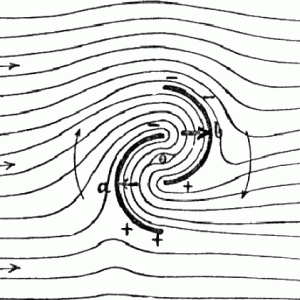E – 1460 Basics of Groundwater Protection
$50.00
Courses Included
Approximately half of all Americans depend on ground water for household water use. Many agricultural and industrial activities also depend heavily on ground water supplies. Given the importance of ground water for the nation, a basic understanding of the principles of ground-water protection is necessary for engineers involved in governmental and industrial actions affecting ground water. The present course introduces the sources of ground water, lists its primary uses, discusses the many possible sources of contamination, explains options available after contamination has occurred, and briefly outlines how federal and state laws are used to protect ground water.
This course is based on the EPA document, “Citizen’s Guide to Ground Water Protection,” which was written in 1990 and re-published in 1999 with revised appendices. It is currently distributed on the EPA website.
Description
Approximately half of all Americans depend on ground water for household water use. Many agricultural and industrial activities also depend heavily on ground water supplies. Given the importance of ground water for the nation, a basic understanding of the principles of ground-water protection is necessary for engineers involved in governmental and industrial actions affecting ground water. The present course introduces the sources of ground water, lists its primary uses, discusses the many possible sources of contamination, explains options available after contamination has occurred, and briefly outlines how federal and state laws are used to protect ground water.
This course is based on the EPA document, “Citizen’s Guide to Ground Water Protection,” which was written in 1990 and re-published in 1999 with revised appendices. It is currently distributed on the EPA website.
- Sources and movement of ground water;
- Kinds of aquifers;
- Primary uses of ground water;
- Causes of contamination;
- Options available after contamination: containment, withdrawal, treatment, rehabilitation, and abandonment;
- Federal laws protecting ground water;
- Role of states in protecting ground water; and
- Actions at the community level that can be taken to protect ground water.






